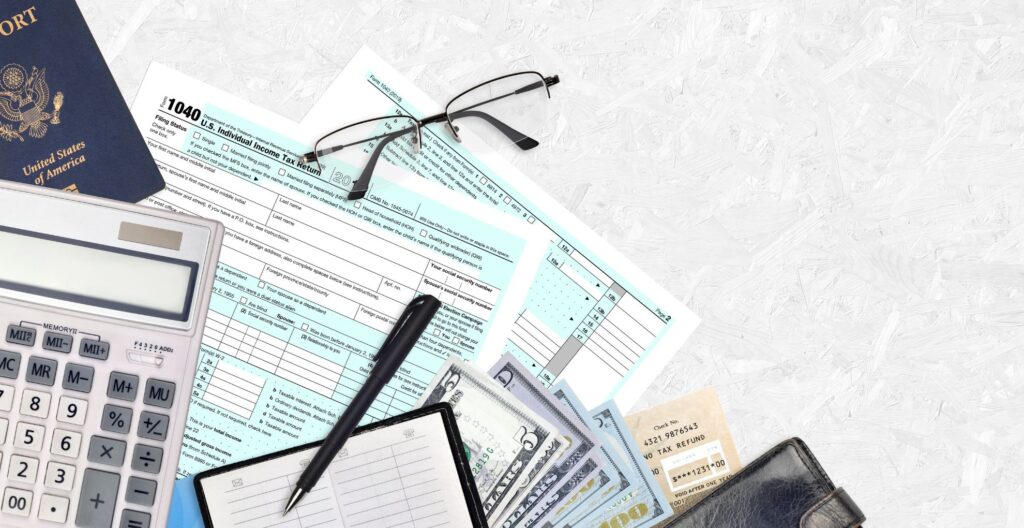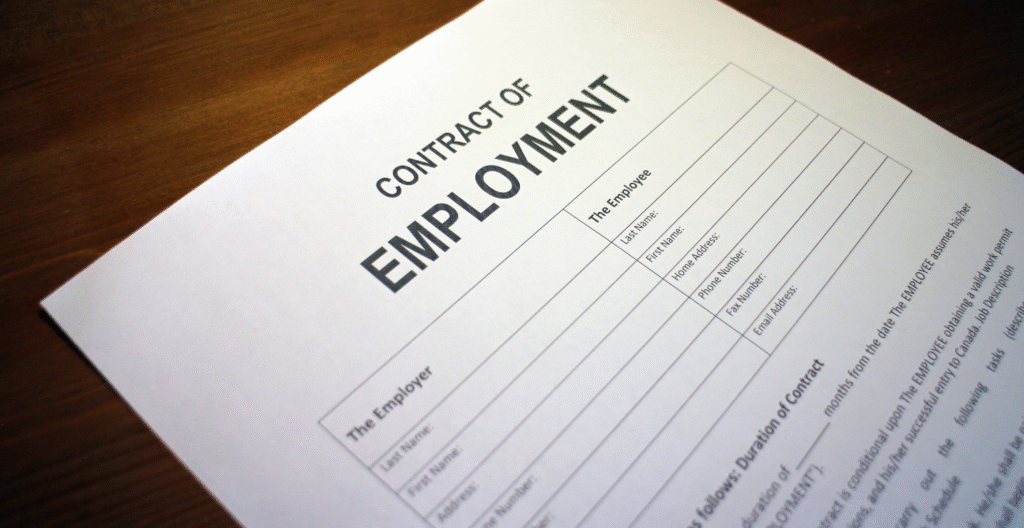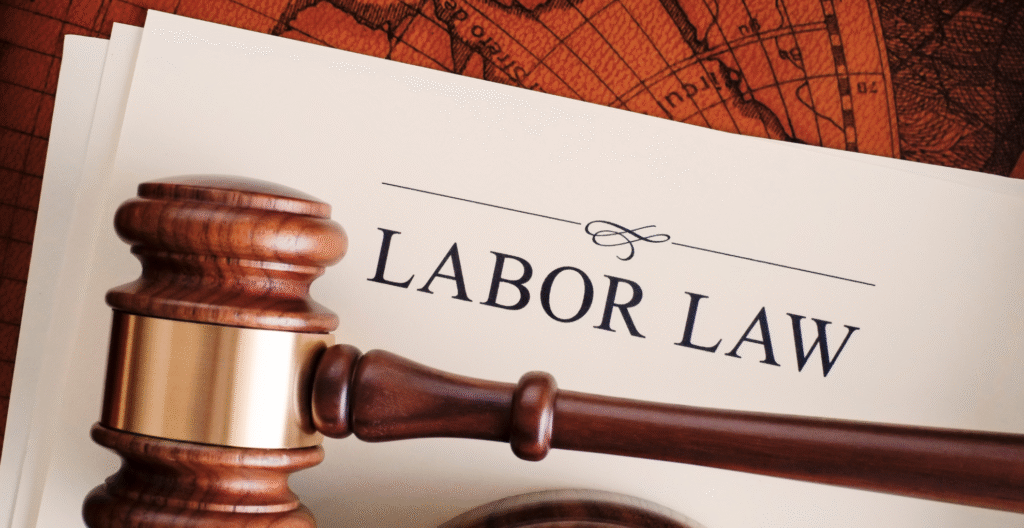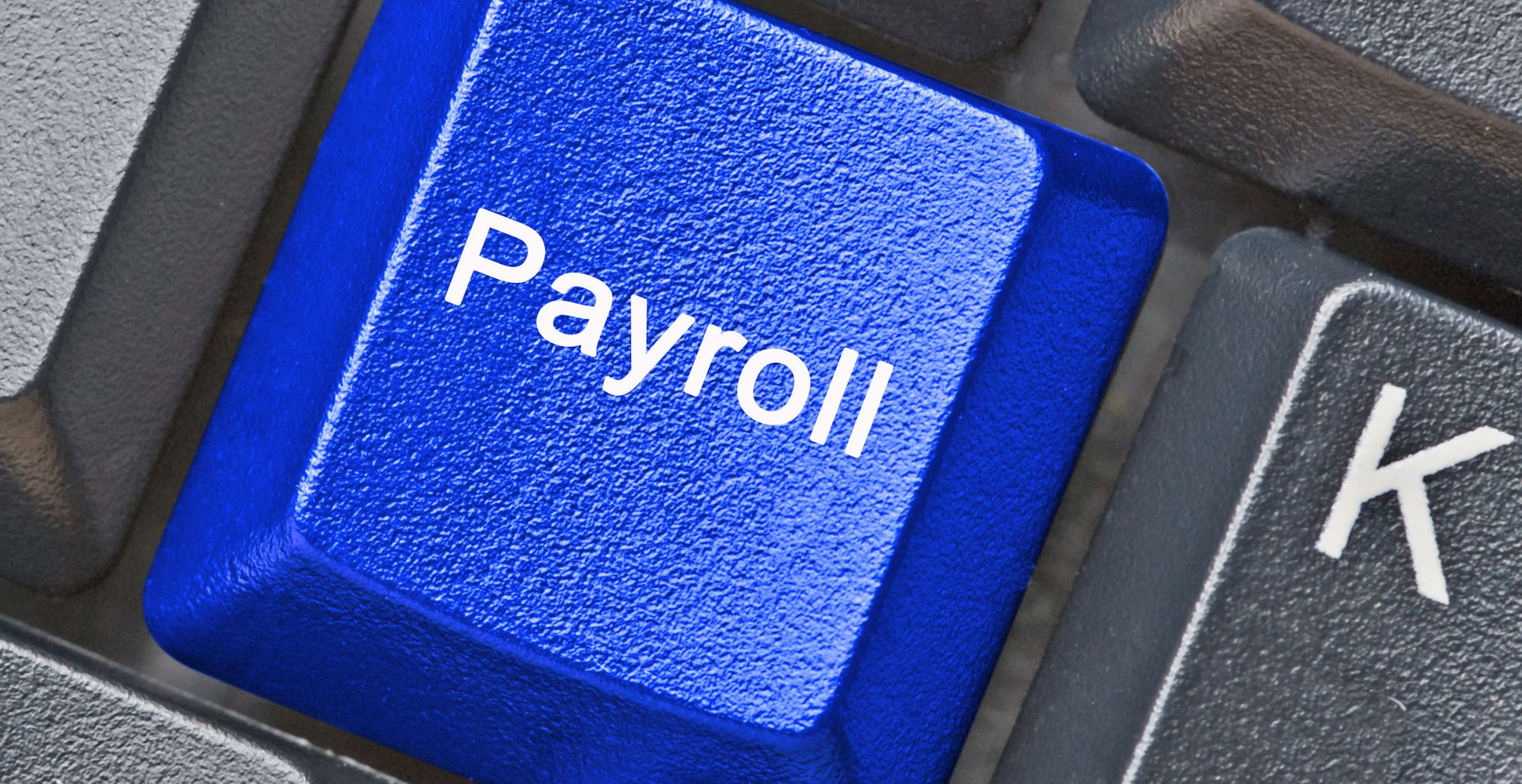Managing payroll is one of the most important tasks for any small business. It ensures your employees are paid correctly and on time, keeps your business legally compliant, and helps maintain trust and morale among staff. While it might seem complicated at first, with the right approach and tools, payroll management can become a smooth part of your business operations.
In this article, we’ll explain how to manage payroll for a small business in simple language, so you can handle it confidently, even if you’re just getting started.
Understanding What Payroll Means
Payroll refers to the process of calculating and distributing wages to employees. It also involves deducting taxes and other withholdings, keeping accurate records, and complying with laws. Payroll includes everything from calculating hourly wages or salaries to handling bonuses, overtime, benefits, and tax payments.
For small businesses, payroll can be handled in-house by the business owner or a staff member, or it can be outsourced to a payroll service provider.
Getting Your Business Ready for Payroll
Before you run your first payroll, there are a few things you need to set up:
Register for an Employer Identification Number (EIN)
You need an EIN from the IRS. It’s like a Social Security number for your business and is required for tax purposes. You can apply for it online at the IRS website, and it’s free.
Know Your State and Local Tax Requirements
In addition to federal taxes, you may need to register with your state’s labour or revenue department for state income taxes, unemployment insurance, or other requirements. Rules vary depending on where your business is located.

Decide on a Payroll Schedule
You need to choose how often you will pay your employees. Common schedules include weekly, bi-weekly (every two weeks), or semi-monthly (twice a month). The schedule you choose will impact your cash flow and accounting processes, so consider what works best for your business.
Collect Employee Information
To manage payroll correctly, you must collect certain information from your employees. This includes:
- Full name and address
- Social Security Number (or tax identification number)
- W-4 form (for federal income tax withholding)
- I-9 form (for verifying work eligibility in the U.S.)
For independent contractors, you’ll need a W-9 form instead.
It’s important to keep this information safe and confidential.

Set Up a System
Now that you have the basics in place, you need a system to calculate and manage payroll. You have a few options:
Do-It-Yourself (DIY)
Some small business owners manage payroll manually using spreadsheets. This can work if you have very few employees and are comfortable with numbers and tax rules. However, it takes time and leaves room for error.
Use Payroll Software
Payroll software like QuickBooks, Gusto, or Paychex can make the process easier by calculating paychecks, withholding taxes, and generating reports. Most also help with direct deposits and tax filings. These tools usually charge a monthly fee, but they can save time and reduce mistakes.
Hire a Payroll Service or Accountant
If you prefer to focus on running your business, you can outsource payroll to an accountant or a service. This is often more expensive than doing it yourself, but it can reduce your workload and help you stay compliant with tax laws.
Calculate Gross Pay
Gross pay is the total amount an employee earns before taxes and deductions. For hourly employees, multiply the number of hours worked by their hourly rate. Don’t forget to include overtime pay if applicable. For salaried employees, divide their annual salary by the number of pay periods in a year.
If you offer bonuses, commissions, or other incentives, make sure to include them in the gross pay.

Handle Deductions and Withholdings
Next, you’ll need to subtract deductions from the gross pay. These include:
- Federal income tax (based on the employee’s W-4)
- Social Security and Medicare taxes (FICA)
- State and local taxes (if applicable)
- Other deductions, such as health insurance, retirement contributions, or wage garnishments
As an employer, you’re also responsible for paying your share of Social Security and Medicare taxes, as well as federal and state unemployment taxes.
Pay Your Employees
After deductions, you’re left with the net pay—the amount the employee takes home. You can pay employees by check, cash, or direct deposit. Most businesses prefer direct deposit because it’s faster and more secure.
Always provide a pay stub or earnings statement that shows the gross pay, deductions, and net pay for each employee.
File and Pay Payroll Taxes
One of the most important parts of payroll is making sure you file and pay your payroll taxes on time. This includes:
- Depositing withheld taxes (federal income tax, Social Security, Medicare)
- Filing tax forms such as Form 941 (quarterly federal tax return), Form 940 (annual unemployment tax), and W-2 forms at the end of the year
- Sending tax documents to employees and the IRS or state tax agencies
Missing payroll tax deadlines can lead to penalties, so it’s a good idea to set reminders or use payroll software that automates this part.
Keep Good Records
It’s important to keep detailed payroll records for each employee. This includes:
- Time sheets or work hours
- Pay rate and payment history
- Tax forms (W-4, I-9, W-2, etc.)
- Benefits and deductions
- Copies of filed tax returns and payments
In the U.S., you’re required to keep these records for at least three years, but some documents may need to be kept longer.
Stay Compliant with Labour Laws
As an employer, you need to follow federal and state labour laws. This includes:
- Paying at least the minimum wage
- Paying overtime correctly
- Providing accurate pay stubs
- Keeping records of hours worked
- Following the laws related to breaks and time off
You should also display required workplace posters and know your obligations under laws such as the Fair Labor Standards Act (FLSA).

Adjust Payroll as Your Business Grows
As your business grows, your payroll needs may change. You may add new employees, offer more benefits, or expand to other states. It’s important to review your payroll system regularly and make adjustments as needed.
You may also want to consider offering direct deposit, using a time-tracking system, or consulting with a payroll professional to ensure your payroll process stays smooth.
The Importance of Accuracy and Timeliness
Accurate and timely payroll is essential to keeping your employees happy and your business compliant. Mistakes can lead to unhappy staff, legal trouble, or penalties from tax authorities. By taking payroll seriously and using the right tools and support, you can avoid these problems and focus on growing your business.
Conclusion
Managing payroll for a small business might seem overwhelming at first, but with a little planning and the right tools, it becomes much more manageable. Start by registering your business, collecting employee information, and setting up a reliable payroll system. Calculate gross pay, withhold the right taxes, and pay your employees on time. Don’t forget to file tax forms and keep accurate records.
Whether you choose to do payroll yourself, use software, or hire a service, staying organized and informed is the key. A well-managed payroll not only keeps your business running smoothly, it also builds trust and loyalty among your employees, which is priceless for any small business.


